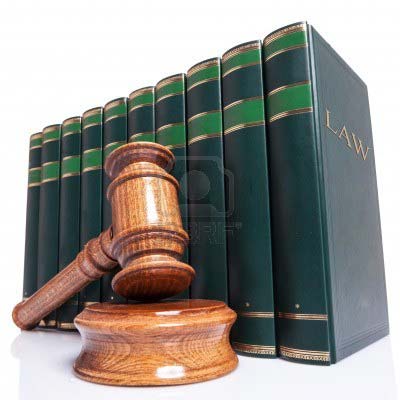Summary: A new plan to push back applications for clerkships until after a law student’s second year is gathering support from two Supreme Court Justices and numerous law schools.
During a meeting of the Federal Judges Association in Washington last week, a new federal law clerk hiring plan was discussed. U.S. Supreme Court Justice Ruth Bader Ginsburg voiced her support for the plan, the second justice to do so, according to the National Law Journal.
The new plan, created by the Ad Hoc Committee on Law Clerk Hiring with Chief Judges Merrick Garland of the U.S. Court of Appeals for the D.C. Circuit, Robert Katzmann of the Second Circuit, Sidney Thomas of the Ninth Circuit, and Diane Wood of the Seventh Circuit leading the way.
Justice Elena Kagan was the first to voice support last month at the 7th Circuit Bar Association of the two-year pilot plan. Kagan confirmed that she will “take into account” the plan when she hires to make sure judges and law schools are complying with it. She called the former hiring process “chaotic.”
Law schools deans from over 100 law schools endorsed the plan in a letter published last September to move the clerkship hiring date to after the completion of a student’s second year. The new plan moves the hiring date. Students who entered law school in 2017 will not start the application and hiring process for clerkships until after their second year of law school.
Judges are directed to not seek or accept clerkship applications, whether formal or informal. They also cannot seek or accept formal or informal recommendations, conduct formal or informal interviews, or make offers before June 17, 2019. For students starting law school this fall, they can’t start the clerkship application process until June 15, 2020.
New York University School of Law Dean Trevor Morrison organized the letter alongside Yale Law School Dean Heather Gerkin. They addressed the problem an “accelerate hiring schedule” had made in recent years by undermining “our faculties’ ability to provide judges with the information they need to make wise hiring choices.”
With the new plan, it is unclear if all will follow the guidelines. Stanford Law School Dean Elizabeth Magill wrote: “I have advised faculty not to write letters of recommendations for 1L students and not to place calls to judges to advocate for those students. Acting in good faith – on the expectation of the full participation of other law schools in the interests of all of our students – we have assured our students in the Class of 2020 that they need not and should not begin the clerkship application process. We will do everything we can to make sure that those judges who participate in the plan will not be disadvantaged by that commitment. To this end, we strongly encourage judges and circuits to identify themselves as participating in the plan, just as law schools have identified themselves as supporting institutions.”
The portal for clerk and applications and recommendations, OSCAR, adjusted the application release date to reflect the new plan.
Do you think this plan will be a disadvantage for the students unless all law schools and judges agree to the terms? Share your thoughts with us in the comments below.
To learn more about clerkships, read these articles:
- Ranking of Law Schools by Judicial Clerkships
- UVA Law Setting School Clerkship Records
- Senators Introduce Congressional Clerkship Program
Photo: thebalance.com

















































